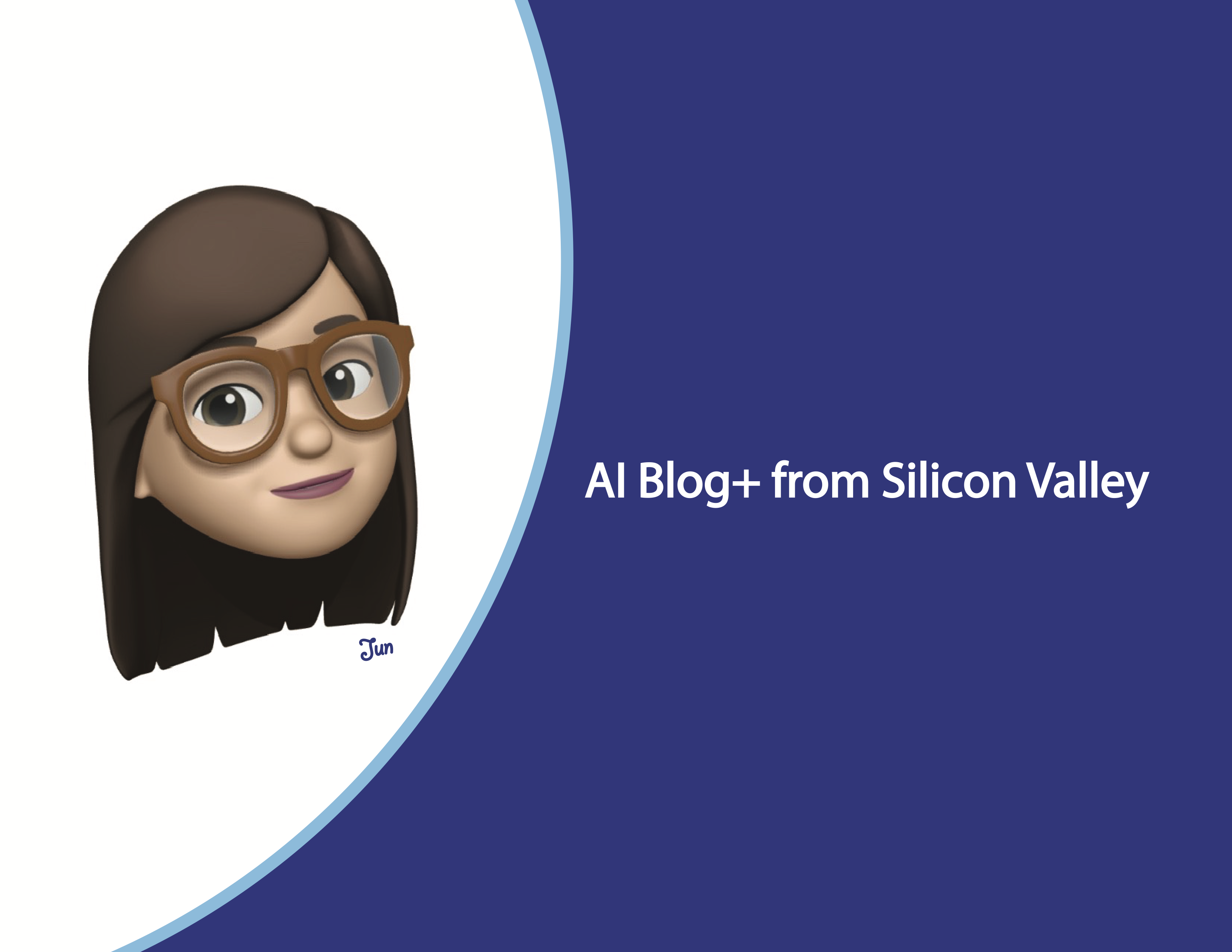Virus is a crisis… and also a driver for AI adoption
Virus is a crisis… and also a driver for AI adoption
Hello from Silicon Valley. Here is the 2nd edition of AI Blog. Of course it is hard not to talk about Covid-19, as we in the bay area enter month two of shelter in place. Yes, the world is concerned about the Coronavirus virus and its impact. I went on Google and found out that people search “Coronavirus” almost ten times more than “AI”. (see Figure 1.)

In such an uncertain and challenging pandemic period, let’s take a look at how AI provides additional power to fight Covid-19, with a few examples.
Example One: Early warning by AI
On the last day of 2019, BlueDot artificial intelligence platform picked up on a cluster of “unusual pneumonia” cases happening around a market in Wuhan, China, and flagged it. BlueDot had spotted what would come to be known as COVID-19, nine days before the World Health Organization released its statement alerting people to the emergence of a novel coronavirus.
The BlueDot engine gathers data on over 150 diseases and syndromes around the world searching every 15 minutes, 24 hours a day. This includes official data from organizations like the Center for Disease Control or the World Health Organization.
The BlueDot, via artificial Intelligence and data analytics, predicts the spread of diseases like Covid-19. With AI, the system was able to sift through 100,000 articles and online posts daily in 65 languages, and then alert BlueDot’s employees, who immediately saw parallels to the deadly SARS outbreak in 2003.
AI and Human together provided an early waring of Covid-19.
Example Two: Patient supportive Care by AI Robotics 
Jan. 23rd, The first confirmed US Covid-19 patient in Washington state is being isolated in a tiny room and treated by a robot as doctors try to prevent an outbreak. The robot “doctor” has a camera, microphone, and stethoscope With the Covid-19 case surges, more physician researchers are exploring the potential use of intelligent robots developed at Boston Dynamics and MIT to deploy in Covid surge clinics and inpatient wards to perform tasks (obtaining vital signs or delivering medication). These steps will thus reduce human contact, and the risk of infection.
Example Three: AI supports experts to do research better and faster
The ”COVID-19 Open Research Dataset”, or “CORD-19”, was created in response to a request from the White House’s Office of Science and Technology Policy. There are more than 59,000 scholarly articles about the novel coronavirus for use by the global research community.
This dataset is intended to mobilize researchers to apply recent advances in natural language processing to generate new insights in support of the fight against this infectious disease.
It’s great to have many information, while the core problem is information overload in research. Companies like AI2(Allen Institute for AI), Microsoft, Facebook work with White House, takes advantage of AI tools to organize, uses natural language processing to analyze scientific papers about coronavirus, It helps researchers better analyze and understand a growing set of scholarly articles about coronavirus. AI helps to combat information overload, making it easier for researchers find relevant studies. This could lead to new insights or approaches to address the COVID-19 outbreak.
Example Four: Coronavirus prompts companies to adopt AI call center solutions
As the spread of COVID-19, customer service centers, like for airlines or banks and credit card companies,have been experiencing an unprecedented high call volume. Customer representatives are increasingly ordered to work from home in the U.S. and elsewhere, with an impact that it is harder to manage these remote teams, e.g., see who is getting tired, who needs a break, and perhaps even to shift calls from one area of the country to another. Some of these companies turn to AI to close the resulting gaps in service.
Injecting AI and automation into customer service is not new, it exists before the pandemic. The covid-19 pandemic forced organizations to bring AI solution which might not be perfect, to make it work with human resource.
Example Five: AI make it possible to manage the business instant changing during Covid-19 period
Alice Technologies, a Silicon Valley construction technology startup, uses AI to generate millions of construction project schedules in less than 10min, to recommend the most efficient schedule choices to project managers. It has been adopted by many general contractors globally. During this pandemic, construction companies are facing constant changes of workforce, material delivery etc., Alice Technologies helped their clients to adjust construction project schedules in a few minutes, to help to make better decision and manage the projects and customers’ core business.
I believe that AI power from innovative startups like Alice Technologies will become an essential business digital tools for construction companies even after pandemic.
In summary, Covid-19 is driving the adoption of AI
Covid-19 is forcing enterprise to gather all kind of “force”, human, AI, and make it work together to address the challenges:
– Replace the gap of reduced resources
– Quickly response to constant environmental and business changes
– Deal with big data and get new hints instantly to anticipate and take action
– Automate certain process and workload to reduce human-contact
– …
Covid-19 “pushed” enterprises (and all individuals) to enhance our foundation (collaboration tools, WFH infatuations), adopt the human resource with digital tools, integrate human-intelligence with Artificial Intelligence. While we all still hope scientist, medical organizations and AI can create the vaccine to protect us from the virus, we, as professionals leading enterprises, shall think about how we can leverage AI for a stronger enterprise for future.
Jun – Greeting from Silicon Valley, California! I am Jun and run a consulting firm to support Japanese companies that drive and create innovation solutions by leveraging technologies like AI.
Let me know your thoughts, topics you will like to know.
